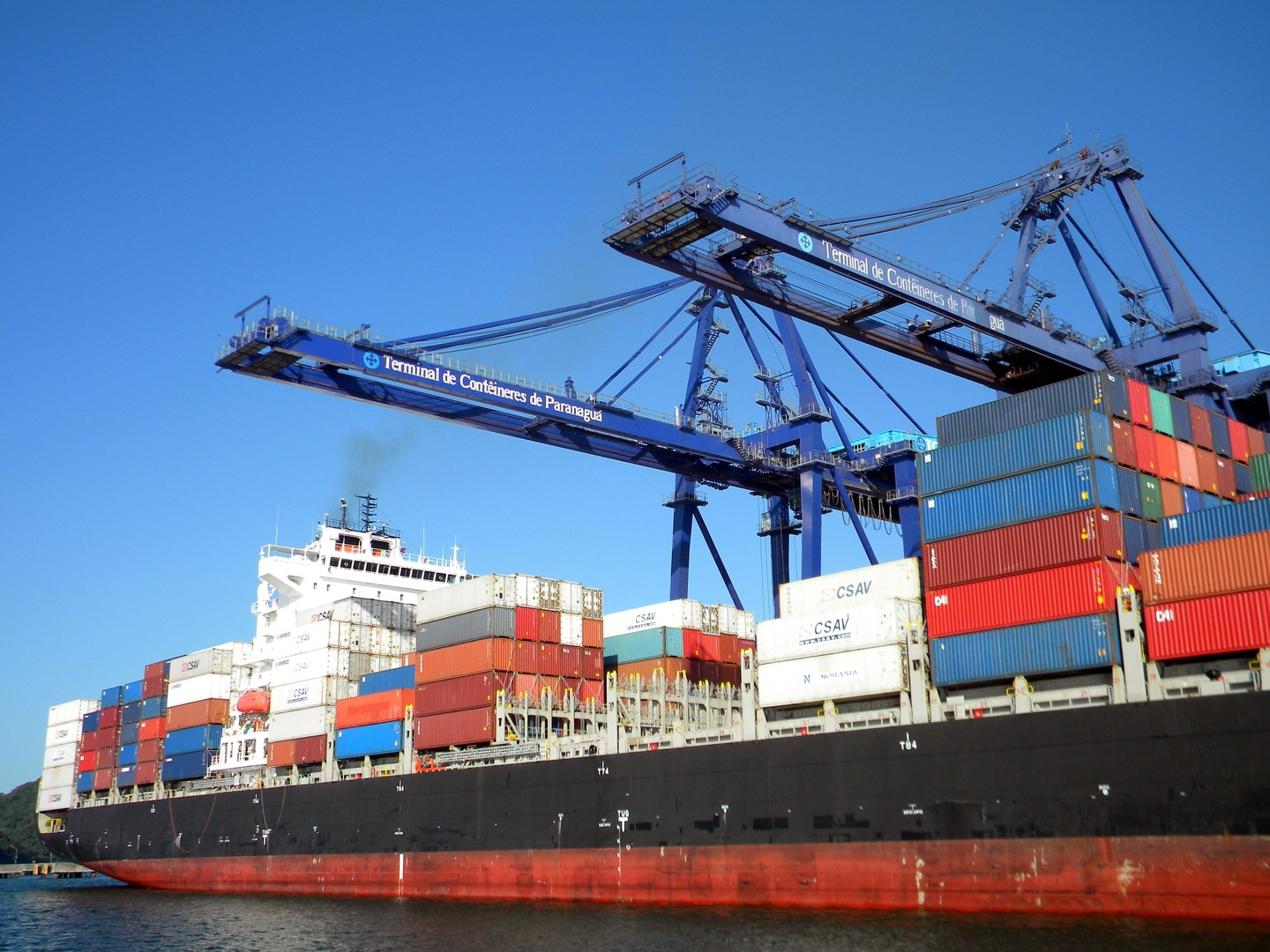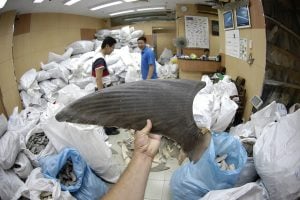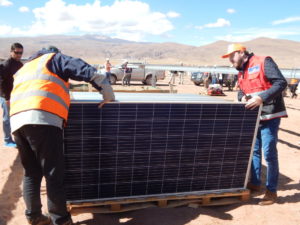Worldwide, economic growth was sluggish last year and at just 1.2%, Latin America grew slower than the 3.6% global average.
International flows of foreign direct investment (FDI) were hit by investors’ greater risk aversion, general political and economic uncertainty, low profitability and incentives for investors in the US, according to the UN’s Conference on Trade and Development.
Though estimations of FDI can vary, new data compiled by the China-Latin America Academic Network (RED-ALC China) shows that in 2018 flows to Latin America dropped for the third consecutive year.
Chinese FDI to Latin America, which shot up during years of high commodity prices, decreased by almost a third last year, from US$12 billion to $8.4 billion. In 2016, the figure was nearly $16 billion.
[chinadialogue_fullwidth]
[/chinadialogue_fullwidth]
Red ALC-China’s latest data also shows a change in the countries and sectors attracting Chinese FDI.
Historically, Brazil and Argentina garnered most but this has dipped as their economies struggled. Chile and Peru benefited from an uptick in Chinese FDI. Chinese FDI is also starting to flow more into the manufacturing and service sectors.
To date, the vast majority of Chinese investment has gone into raw materials.
Enrique Dussel Peters, Red ALC-China’s coordinator, said these new patterns present opportunities for Latin America that its countries are failing to capitalise on:
“Chinese companies can provide a project with Chinese workforce or any other number of services they have to offer,” he told Diálogo Chino.
“The Chinese are often pragmatic in these dealings, so it’s not about ‘the bad Chinese’ who want to take over anything, it’s just the way they work.”
Dussel Peters encouraged researchers and others watching the China-LAC relationship to review their findings in order to build up a clearer picture of the trends in Chinese capital flows to the region.
[chinadialogue_fullwidth]
[/chinadialogue_fullwidth]








